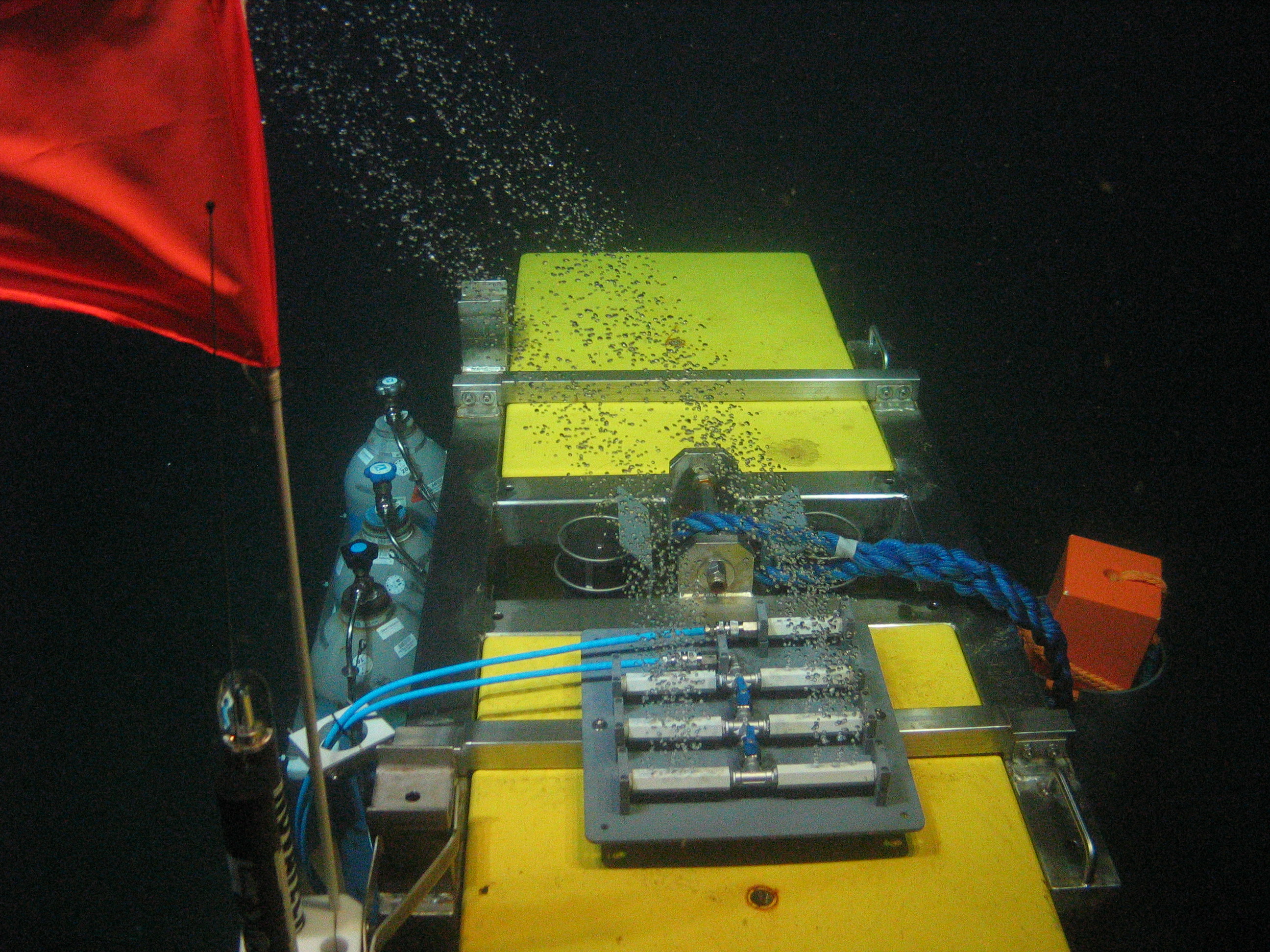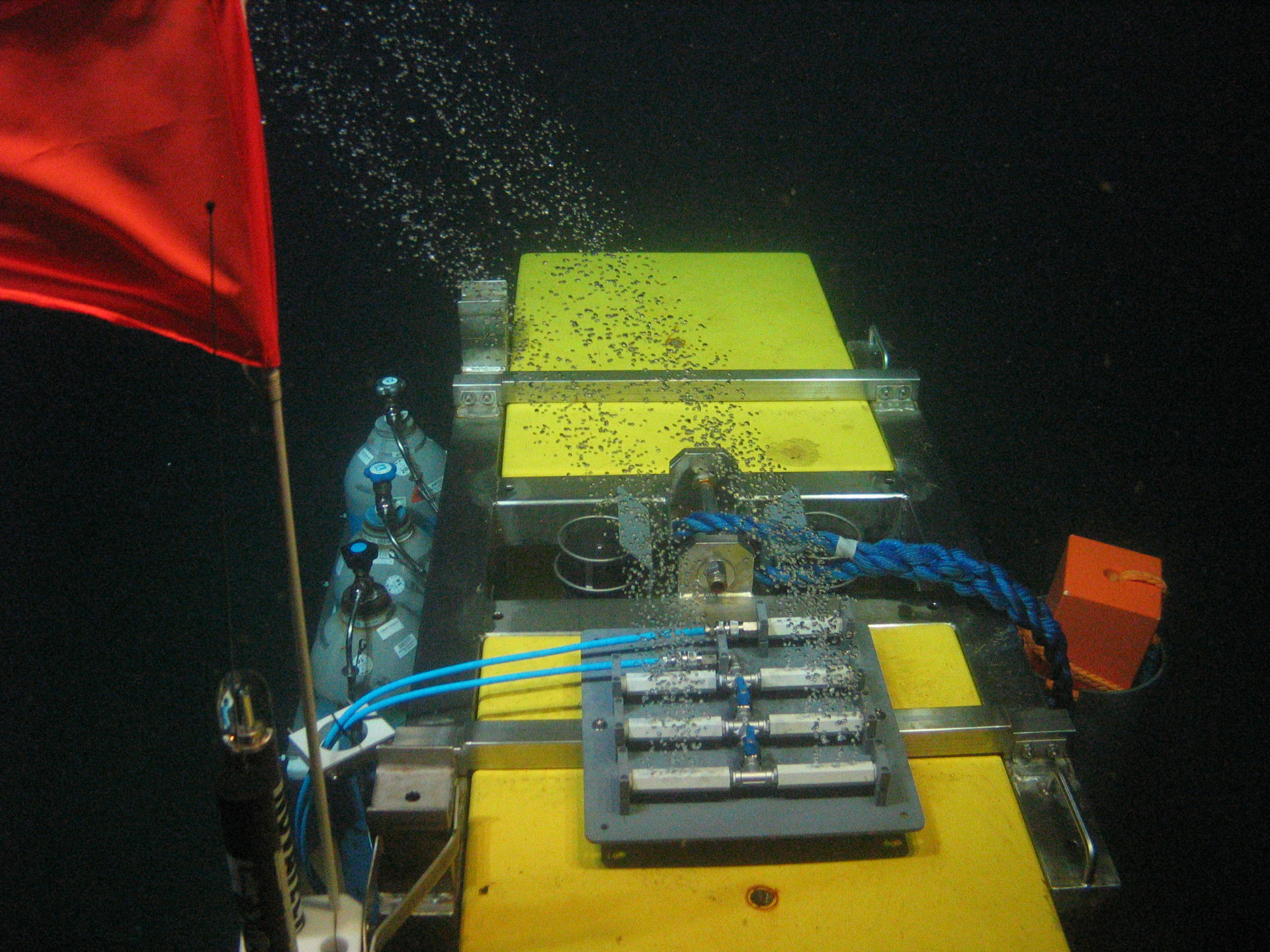Storing CO₂ under the North Sea: opportunities and risks


Storing carbon dioxide under the North Sea can help to reduce unavoidable emissions in Germany. The environmental risks posed by this process can be minimized with suitable regulation, according to Klaus Wallmann of the GEOMAR Helmholtz Centre for Ocean Research in Kiel.
According to the latest report from the Intergovernmental Panel on Climate Change (IPCC), capturing CO2 and then storing it in underground geological formations (carbon capture and storage, CCS) will be necessary in order to limit the global temperature increase to 1.5 degrees Celsius. However, there has only been limited use of CCS at a large scale thus far, mainly due to its high costs and the considerable amount of energy needed for CO2 capture at industrial sites.
Expertise


In Europe, CCS is only being applied at an industrial scale in Norway, where CO2 is being deposited in rock layers under the sea floor. Currently further CO2 storage areas are being explored and developed under the Norwegian, Danish, Dutch and British sectors of the North Sea. In Germany, too, there is a growing awareness among policymakers that plans for climate neutrality by 2045 cannot be realized without CCS.
In particular, CCS is to be used at cement plants and waste-to-energy plants, where CO2 emissions cannot be completely avoided without CCS. The captured CO2 is then to be stored or deposited, mostly under the North Sea.
Benefits of storing CO2 under the North Sea
Since 2021, researchers involved in the GEOSTOR project at the Helmholtz Centre for Ocean Research have been investigating whether and how carbon dioxide can be stored at an industrial scale under the North Sea. This includes exploring the issues of environmental risks, costs, monitoring, marine spatial planning, and legal frameworks.
The CO2 storage capacity of the sandstone layers under the North Sea is approximately 100 billion tons: including 1.5 to 8.3 billion tons in the German sector. In the GEOSTOR project's estimation, an annual volume of 20 to 40 million tons of CO2 could be safely stored there once the required legal framework is in place.
Environmental risks can be minimized
A comprehensive investigation of the environmental risks of submarine CO2 storage was performed by the European ECO2 project. Locations analyzed during the research include the Sleipner active offshore storage facility in the North Sea and Snøhvit in the Barents Sea. No CO2 leaks were found, but natural gas was detected leaking from the seabed at some places in the immediate vicinity of the storage facilities at a rate of 1 to 10 tons per year. It is possible that CO2 could leak there at similar rates in the future.
Field studies in the Mediterranean Sea have shown that CO2 on the sea floor can lead to acidification of the water and sediments there, resulting in a significant loss of biodiversity with an impact on large and small animals alike, and even on microorganisms.


However, a field experiment in the North Sea showed that seabed water there acidified only slightly due to CO2 leakage. This is because water in the North Sea already has high CO2 concentrations and is rapidly recirculated by fast tidal currents and exchange with the Atlantic. Even at relatively high leakage rates, the area of the seabed suffering ecosystem damage due to acidification is very small. Storing CO2 under the sea floor is thus also a viable method from a marine ecology perspective.
The field studies suggest that annual leakage could amount to only a few tons of CO2. These leaks tend to occur at old boreholes and could be prevented with suitable cementing. The likelihood of leaks is greatest during the operational phase, because the pressure rises during CO2 injection. After the storage site is closed, this higher pressure will largely subside, resulting in stable pressure conditions. Over the subsequent centuries, the CO2 will gradually dissolve in the geological formation’s water.
As soon as the CO2 dissolves, there will no longer be enough pressure to cause any further leaks. In comparison with the total amounts of CO2 to be injected into a storage site (approximately 100 million tons), the possible leakage rates of 1 to 10 tons per year are negligible. It is thus highly likely that more than 99 percent of the stored CO2 will remain underground permanently. Leakage rates and environmental risks can be reduced further through careful selection of suitable storage sites and strict regulation of CO2 storage under the North Sea.




